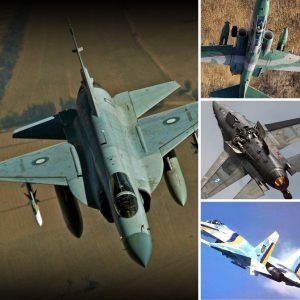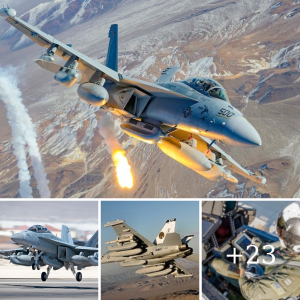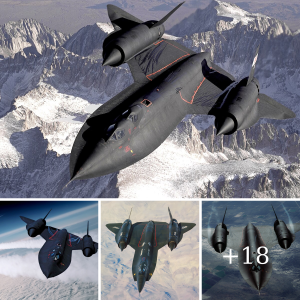The North American T-28B Trojan is not the most famous aircraft in military history, but its contributions to naval aviation are nothing short of extraordinary. Developed in the late 1940s and widely used by the U.S. Navy and Marine Corps, the T-28B played a crucial role in training generations of naval aviators. Known for its durability, versatility, and powerful radial engine, the T-28B proved that even a training aircraft can leave a lasting legacy in aviation history.

Born from Necessity
After World War II, the U.S. military recognized the need for a more advanced trainer aircraft that could better prepare pilots for the demands of modern jet-powered aviation. Enter the T-28 Trojan, developed by North American Aviation to replace the aging T-6 Texan. First flown in 1949, the T-28 quickly became a staple in pilot training programs across the United States.
While the original T-28A was built for the U.S. Air Force, the T-28B variant was specifically designed for the U.S. Navy and Marine Corps. It was equipped with a more powerful Wright R-1820-86 radial engine, providing 1,425 horsepower, making it a beast in terms of performance for a trainer aircraft. The T-28B also featured a strengthened structure and a modified landing gear to handle the rigors of aircraft carrier operations.

Training the Best
The T-28B Trojan was used primarily as an advanced trainer, helping pilots transition from basic flight training to the high-speed world of jet aircraft. The Trojan was a vital stepping stone, offering a platform where pilots could hone their skills in carrier landings, formation flying, aerobatics, and instrument navigation. Its robust design and reliable performance made it ideal for teaching future naval aviators how to handle challenging flight environments.
One of the key advantages of the T-28B was its versatility. It was capable of flying at both low and high speeds, and its flight characteristics mimicked those of the early jet aircraft, making it an excellent trainer for pilots preparing to fly more complex and demanding jets like the F-9 Cougar or the A-4 Skyhawk. This adaptability helped the T-28B train thousands of naval aviators during the 1950s and 1960s.

Beyond Training: Combat Operations
While the T-28B Trojan was designed as a trainer, it eventually found itself in combat roles during the Vietnam War. Modified versions of the T-28, known as the T-28D, were equipped with underwing hardpoints to carry bombs, rockets, and machine guns. These aircraft were used in counterinsurgency (COIN) operations by the U.S. and allied forces, including South Vietnam, Laos, and Cambodia.
The T-28D’s rugged design and ability to operate from short, unimproved airstrips made it a valuable asset in the dense jungles of Southeast Asia. It was highly effective in close air support missions, attacking enemy positions with precision and agility. The Trojan’s unexpected combat role showcased its versatility and ability to adapt to the demands of wartime.
The Enduring Legacy of the T-28B
While the T-28B was eventually phased out of U.S. military service in the late 1960s, its legacy lives on. Many T-28s were sold to foreign air forces or converted for civilian use, where they continue to fly in airshows and private collections today. The aircraft’s strong frame and powerful engine make it a favorite among vintage aircraft enthusiasts, who appreciate its historical significance and impressive performance.
The T-28B Trojan may not have the combat reputation of fighter jets like the F-4 Phantom or the versatility of the C-130 Hercules, but its contributions to naval aviation are undeniable. By training generations of skilled pilots and proving its worth in combat, the T-28B earned its place in the annals of aviation history. Today, it stands as a symbol of a time when piston-powered aircraft still had an essential role to play in preparing pilots for the jet age.
Whether remembered for its role in shaping naval aviation or for its surprising combat capabilities, the T-28B Trojan remains an unsung hero in the story of military aviation. Its legacy is one of durability, adaptability, and unwavering performance—a true workhorse that served its pilots well.





